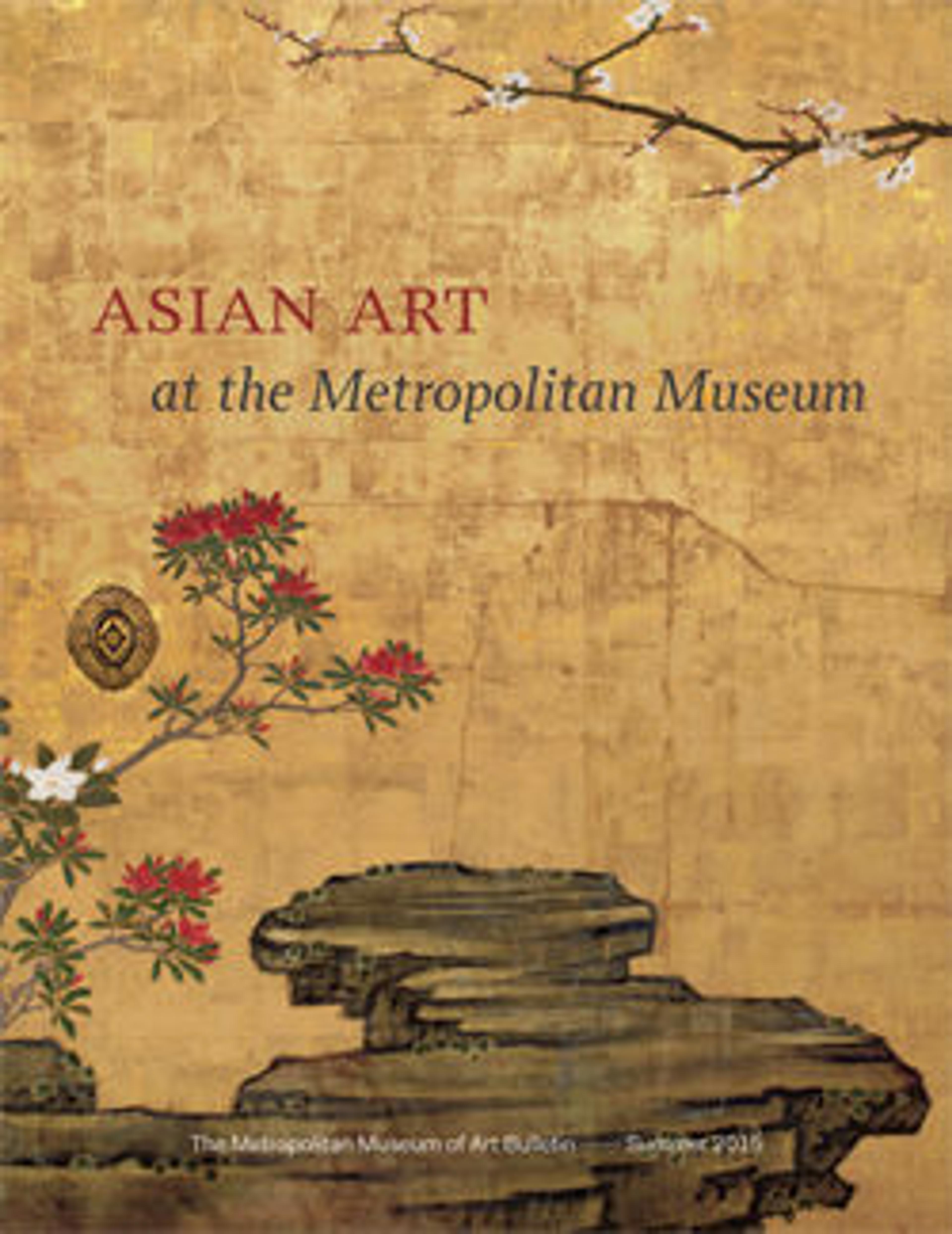Bodhisattva Avalokiteshvara in Water Moon Form (Shuiyue Guanyin)
Artwork Details
- 遼 彩繪木雕水月觀音菩薩像(柳木胎)
- Title:Bodhisattva Avalokiteshvara in Water Moon Form (Shuiyue Guanyin)
- Period:Liao dynasty (907–1125)
- Date:11th century
- Culture:China
- Medium:Wood (willow) with traces of pigment; multiple-woodblock construction
- Dimensions:H. 46 1/2 in. (118.1 cm); W. 37 1/2 in. (95.3 cm); D. 28 in. (71.1 cm)
- Classification:Sculpture
- Credit Line:Fletcher Fund, 1928
- Object Number:28.56
- Curatorial Department: Asian Art
Audio
7451. Bodhisattva Avalokiteshvara in "Water Moon" Form (Shuiyue Guanyin), Part 1
Gallery 208
DENISE LEIDY: So we know because of the small Buddha seated in the headdress of the figure that this is the bodhisattva Avalokiteshvara, the embodiment of the virtue of compassion.
CARRIE BARRATT: Curator Denise Leidy.
DENISE LEIDY: And in China, beginning in the tenth century, Avalokiteshvara and the underlying promise of compassion or salvation that's associated with this particular divinity in Buddhism, becomes more and more popular. And as is often the case in Buddhist art, takes more and more manifestations. This particular manifestation, where the Bodhisattva is seated in a posture of relaxation or ease is typical of representations of Avalokiteshvara seated at his personal paradise or Pure Land.
CARRIE BARRATT: The practice Pure Land Buddhism stresses devotion and faith as a means to enlightenment, as opposed to Chan or Zen Buddhism, which features meditation and mindfulness. Both traditions became popular in China between the fourth and tenth centuries.
Many Chinese sculptures are carved from a single block of wood, but this one features several pieces joined together by wooden dowels and iron nails. To hear conservator Donna Strahan and Curator Denise Leidy discuss further, press play.
Listen to more about this artwork
More Artwork
Research Resources
The Met provides unparalleled resources for research and welcomes an international community of students and scholars. The Met's Open Access API is where creators and researchers can connect to the The Met collection. Open Access data and public domain images are available for unrestricted commercial and noncommercial use without permission or fee.
To request images under copyright and other restrictions, please use this Image Request form.
Feedback
We continue to research and examine historical and cultural context for objects in The Met collection. If you have comments or questions about this object record, please contact us using the form below. The Museum looks forward to receiving your comments.
